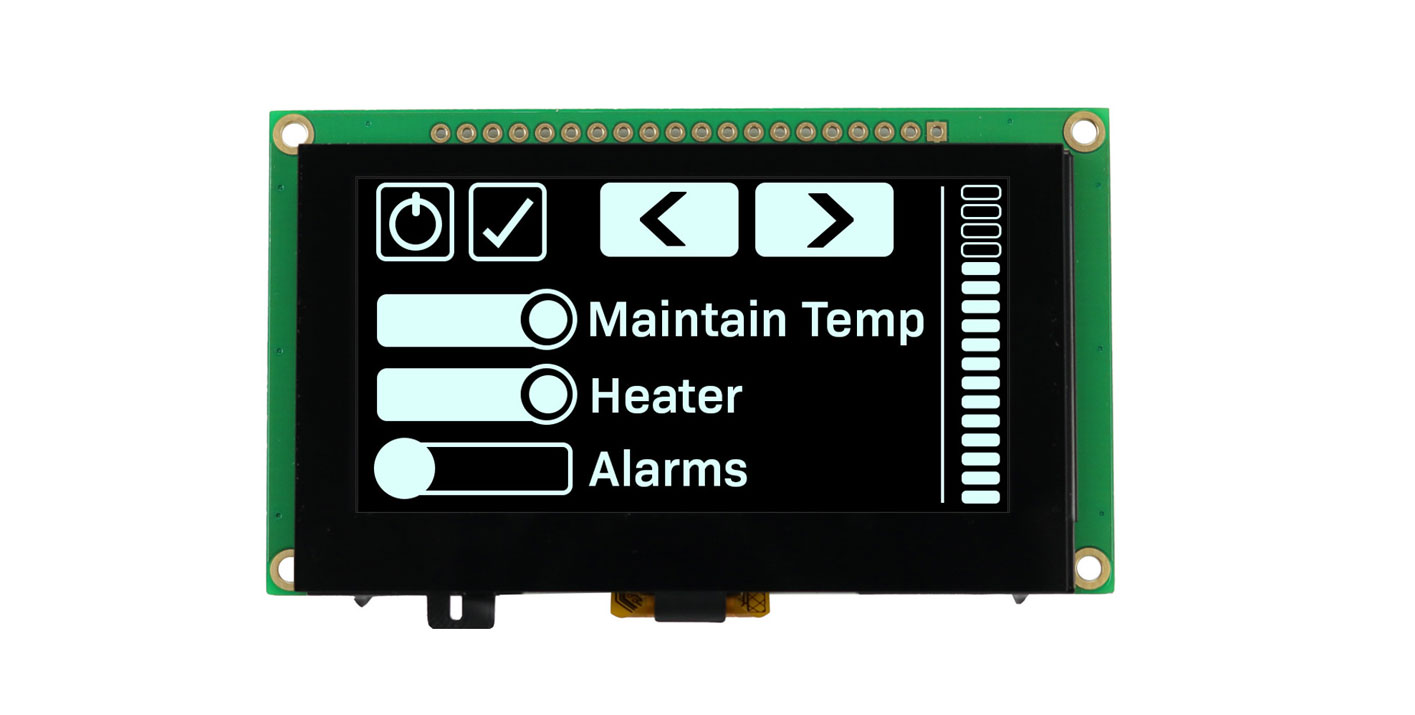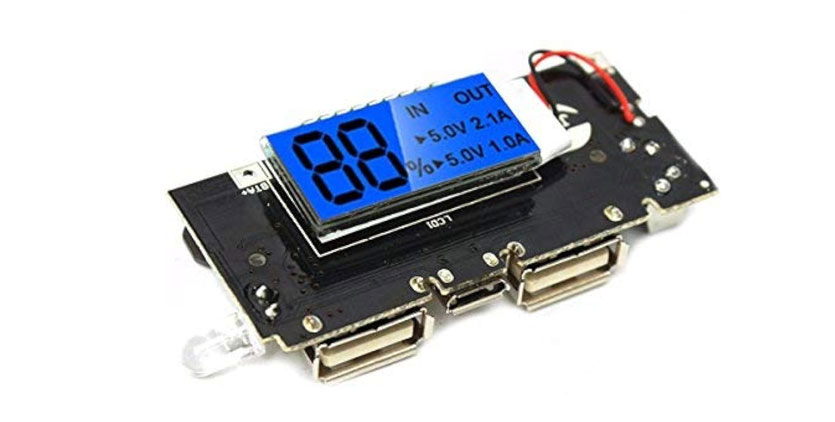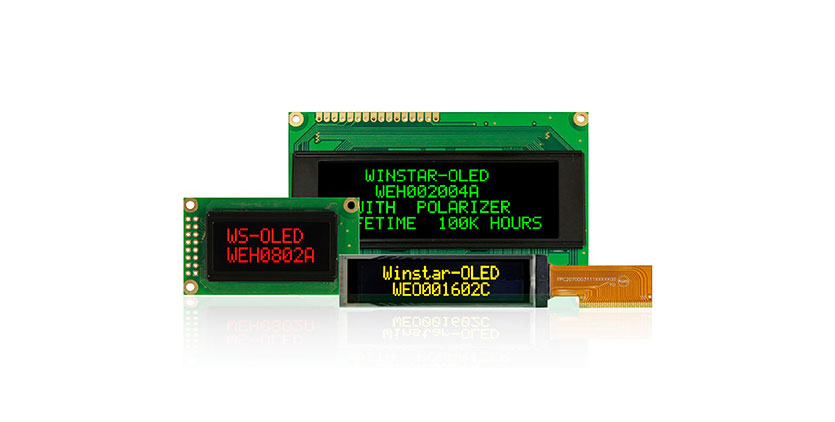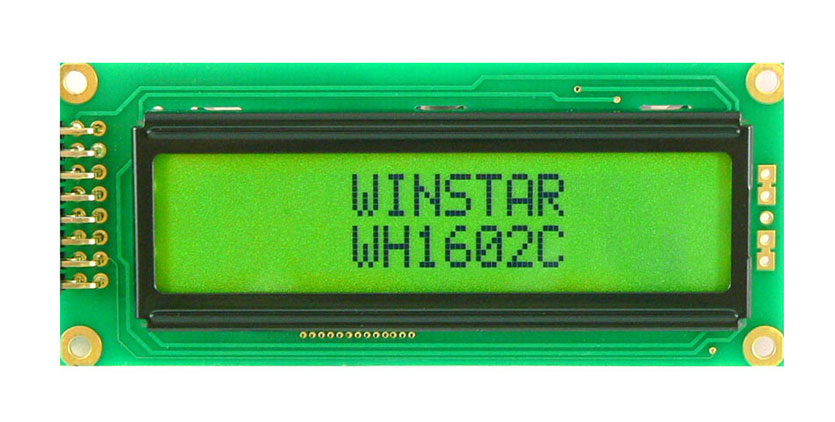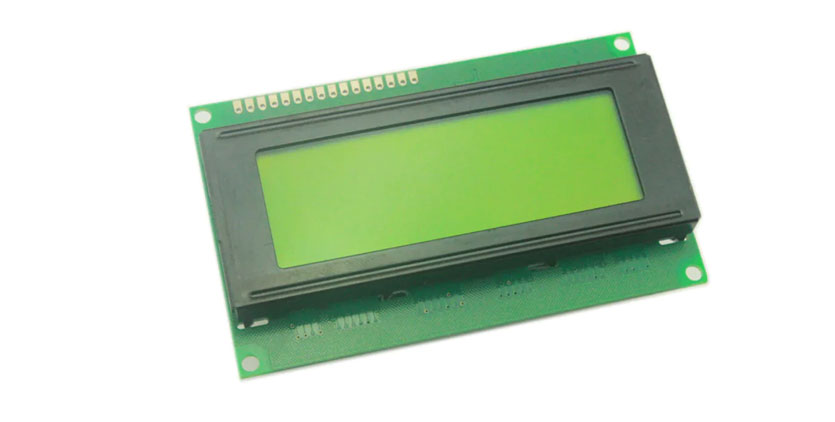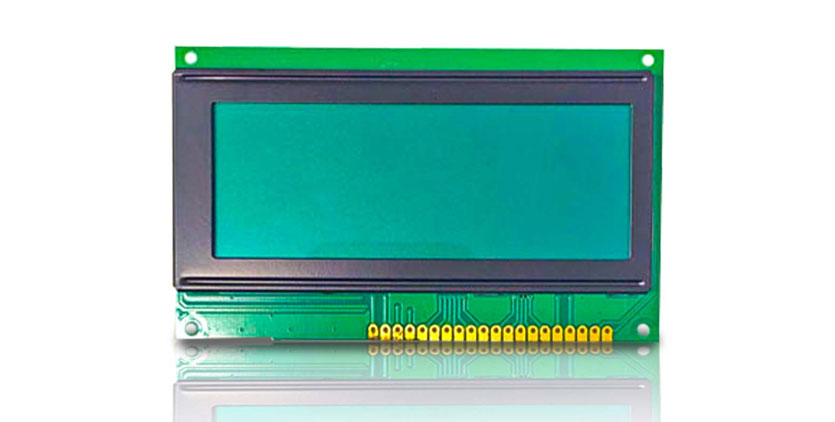Introduction to OLED Technology
OLED stands for Organic Light Emitting Diode. It is a cutting-edge display technology that utilizes organic compounds to emit light when an electric current is applied. Unlike traditional LCD (Liquid Crystal Display) technology, which requires a backlight, OLED displays are self-emissive. This means that each pixel generates its own light, allowing for deeper blacks, vibrant colors, and higher contrast ratios.
OLEDs are composed of organic compounds that emit light when an electric current is applied. These organic layers are sandwiched between two electrodes, one of which is typically transparent. When a voltage is applied across these layers, electrons move from the negatively charged electrode (cathode) to the positively charged electrode (anode), creating a flow of current. This process excites the organic molecules, causing them to emit light.
The unique property of OLEDs is that they emit light directly from the organic layers, eliminating the need for a separate backlight like in LCDs. This allows for greater flexibility in design and enables ultra-thin and flexible display applications.
Advantages of OLED Displays
- Deep Blacks and High Contrast Ratios: Since OLEDs can completely turn off individual pixels, they can achieve true black levels, resulting in incredibly high contrast ratios and more lifelike images.
- Wide Viewing Angles: OLED displays offer exceptional viewing angles, ensuring consistent and accurate colors even when viewed from off-angles.
- Fast Response Times: OLEDs have rapid response times, making them ideal for applications where fast-moving visuals are crucial, such as in gaming or video playback.
- Thin and Flexible: OLEDs can be made incredibly thin and are also flexible, allowing for innovative form factors and applications, including curved or rollable displays.
- Energy Efficiency: OLEDs are highly efficient, as they only emit light when and where it’s needed. This leads to potential energy savings, particularly in applications with predominantly dark content.
- Vivid Colors and High Color Accuracy: OLED displays can produce vibrant and accurate colors, making them suitable for applications where color reproduction is critical, such as in professional graphics work.
- Durability and Longevity: With no need for a backlight, OLEDs can potentially have longer lifespans compared to traditional LCD displays.
Understanding the fundamentals of OLED technology sets the stage for exploring their applications and potential in various industries. This technology has revolutionized the display market and continues to drive innovation in consumer electronics, automotive displays, and more.
Key Features of OLED Graphic Display Modules
- High Contrast Ratio: OLED Graphic Display Modules excel in providing a high contrast ratio. This is because they have the ability to turn off individual pixels completely, achieving true blacks. As a result, images displayed on OLED screens appear vivid and lifelike, with a sharp distinction between light and dark elements.
- Wide Viewing Angles: OLEDs offer consistent and accurate color reproduction even when viewed from different angles. This is particularly advantageous for applications where multiple people may be viewing the display from various positions, ensuring everyone sees the content clearly.
- Fast Response Times: OLEDs boast rapid response times, which means they can transition from one frame to the next very quickly. This property is crucial for applications involving fast-moving visuals, such as in gaming, video playback, or any scenario where motion clarity is essential.
- Low Power Consumption: OLEDs are highly energy-efficient because they only consume power when pixels are active. In contrast, traditional LCDs require a constant backlight, which consumes more power. This attribute makes OLEDs particularly suitable for battery-powered devices, as they help extend battery life.
These key features collectively make OLED Graphic Display Modules a top choice for a wide range of applications including smartphones, televisions, automotive displays, medical devices, wearable technology, and more. Their ability to deliver vibrant, high-quality visuals with excellent contrast and viewing angles, all while being energy-efficient, positions them at the forefront of display technology.
Choosing the Right OLED Display for Your Project
- Display Size and Resolution: The display size and resolution are critical factors that depend on the intended use of the display. Consider the available space for the display and the level of detail required. For example, smaller displays with high resolutions are suitable for applications like smartwatches, while larger displays with lower resolutions may be ideal for digital signage.
- Color Options: OLED displays come in various color options, including monochrome (single color), full-color RGB displays, and even some with specialized color profiles. The choice depends on the specific needs of the project. Monochrome displays may be sufficient for applications like simple data readouts, while full-color displays are essential for vibrant visuals in applications like gaming or multimedia.
- Interface Compatibility (SPI, I2C, etc.): Consider the interface compatibility of the OLED display with the microcontroller or system it will be connected to. Common interfaces include SPI (Serial Peripheral Interface) and I2C (Inter-Integrated Circuit). Ensure that the display module and the microcontroller support the same communication protocol to facilitate seamless integration.
- Environmental Considerations: Evaluate the environmental conditions in which the display will operate. This includes factors like temperature range, humidity levels, and exposure to potential hazards (dust, water, chemicals, etc.). Choose an OLED display module that is designed to withstand these conditions to ensure reliable performance and longevity.
Additionally, consider factors such as:
- Brightness and Viewing Conditions: Assess whether the display needs to be easily readable in bright outdoor environments or if it will primarily be used indoors.
- Touchscreen Capability: Determine if touch interaction is required for the project. Some OLED displays come with integrated touch panels for user input.
- Budget Constraints: Balance the desired features with the project budget. There may be trade-offs between advanced features and cost.
By carefully considering these factors, you can select an OLED display module that aligns perfectly with the specific requirements and goals of your project. This will ensure optimal performance and user satisfaction.
Elevate Your Display Experience with Royal Display’s Custom OLED Graphic Display Module
When it comes to custom OLED Graphic Display Modules, Royal Display stands as a distinguished manufacturer with a rich history of serving display modules across diverse markets. Our extensive experience in market and product development underscores the commitment to delivering tailored solutions that meet the unique needs of our clients. With Royal Display, you’re not just investing in a product; you’re partnering with a trusted industry leader dedicated to innovation, quality, and customer satisfaction. Elevate your display experience with Royal Display’s exceptional range of OLED Graphic Display Modules. Contact Us Today!



